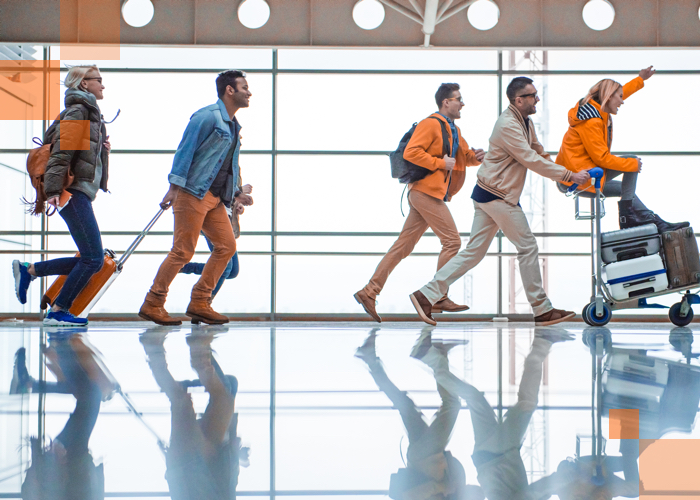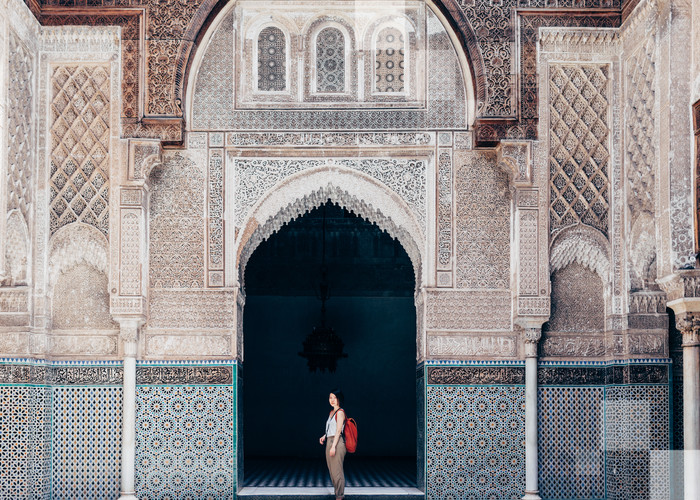The buzz surrounding this little island in the Indian Ocean is reaching fever pitch as it attracts tourists intrigued equally by the more established beauty spots and the hidden gems found off the beaten track
For a country roughly the size of Ireland, there is an astonishing eco-diversity, and the rich and turbulent history means there is so much more to Sri Lanka than just some of the world’s best beaches. Since the quarter century long civil war ended in 2009, the country’s tourist trade has really taken off, and it shows no sign of slowing down.
Getting around

To truly experience Sri Lanka, it’s essential to make the most of the public transport options on offer. They run the full gamut from unorthodox and quirky through to exhilarating and downright terrifying. The ubiquitous tuk-tuks clogging the country’s pitted highways can be a bit of a lottery but plans are afoot to regulate the big city drivers, and you will find a significant minority of the Colombo three wheelers are already metered. Otherwise, you’ll need to work on your bargaining skills to get a decent price locked down before the journey begins. Aggressive haggling doesn’t come naturally to everyone, but after a few days, you’ll be reacting with dramatic eye-rolling and faux outrage like the best of them. Most hostels and homestays will have a driver or two on call to zip you around at short notice, and some drivers will offer half and full day tours of local sights.
If you find yourself stuck in traffic, it’s always worthwhile checking out how the various drivers have personalised their tuk-tuks, from existential slogans stencilled on the side (“Life is Pain”) to the incredibly common images of Bob Marley and Che Guevara. Trumping them all by a long way though is the baffling image of Captain Jack Sparrow stamped on hundreds of three wheelers across the land.
The local bus services are outrageously cheap – even the vaguely fancier air-conditioned private services you can find running the more tourist heavy routes – but the standard services unsurprisingly provide far more character. Expect weapons-grade sound systems blasting out synth-heavy Sri Lankan pop at blistering volume regardless of what time of day or night it is and, if you’re lucky, a kaleidoscopic LED light show to go with it. And don’t worry about missing your stop – the locals will most likely pick up on your panic and push you out the back door when the time is right.
It is the rickety charm of the railways that ultimately captures the hearts of most visitors, especially throughout the hill country and the Colombo – Matara line which often runs no more than 300m from some of the lushest coastlines around the island. It might seem tempting to splash out the extra coins for a 1st class seat but the 2nd / 3rd class carriages packed with locals hanging out of the wide open windows are likely to be more of an experience.

Experience the Illustrious Ella
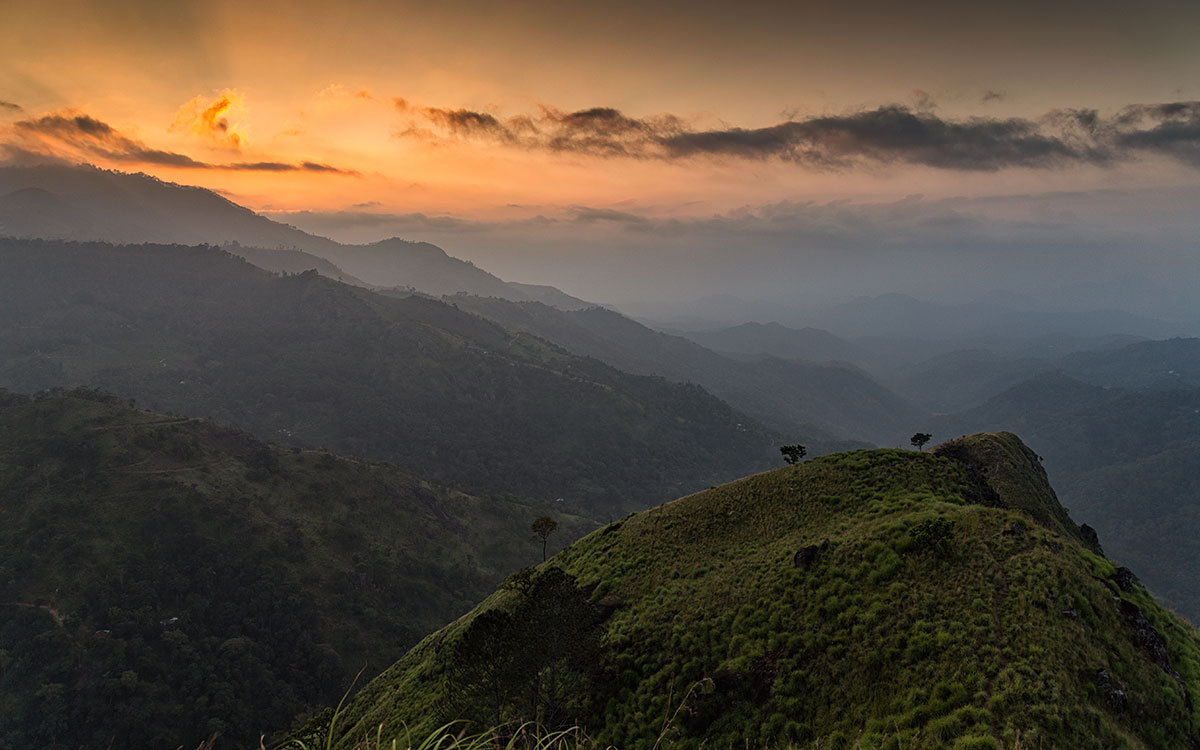
Nowhere else on the island has such a strong association with the railway as Ella, lying on the highest point of a line linking the village with the colonial hangover of Nuwara Eliya as well as the former royal capital, Kandy. The line’s toy-town charm is still one of the main reasons for Ella’s popularity, but it’s worth sticking around for a night or three to enjoy the majestic misty mountain surroundings. The village itself largely consists of a plethora of decent hostels and restaurants on the main street fringed by a handful of dirt tracks disappearing into the surrounding hills. The climate is generally milder than the scorching Colombo or the beaches to the south, which makes the various undemanding hiking options around the town even more palatable. Little Adam’s Peak, for instance, might be a pebble compared to its big brother to the south, but it affords views that seem to be worth considerably more than the half an hour scramble to the summit.
For many though, Ella is a place to catch your breath, often at the midpoint of a journey across the island, so if trekking isn’t your thing you can simply spend your days hanging out and drinking your weight in tea before turning your attention to one of the ominously barricaded ‘wine stores’ after dark.
Kandy Schmandy

As tourism takes off it’s clear that some places are being perhaps unfairly hyped – or merely misrepresented. Exhibit A is the historical, but underwhelming, city of Kandy. The island of Sri Lanka is awash with baffled tourists warning others not to go there or at least lower their expectations. Truth be told, its main flaw is that it seems to be more of a bustling, working city than the sleepier towns that surround it, which proves to be a shock as you emerge from the central train station and into the chaos.
An absolutely essential stop is The Temple of the Tooth, part of a network of ancient sites which supposedly contains a tooth taken from the ashes of Buddha’s funeral pyre. Unsurprisingly, this is something of a big deal for the devout and the simply curious alike, so expect huge crowds and a conveyor belt approach to piety as you’re hustled past a variety of shrines along with the masses.
Much calmer, and no less striking is the Lankatilaka Vihara tucked away enough on the outskirts of the city so as not to be overrun. For a mere 300 rupees (compared to the Temple of the Tooth’s 1500) you can have a peaceful few minutes by yourself in the 14th Century temple after being shown around by the justifiably proud custodian.
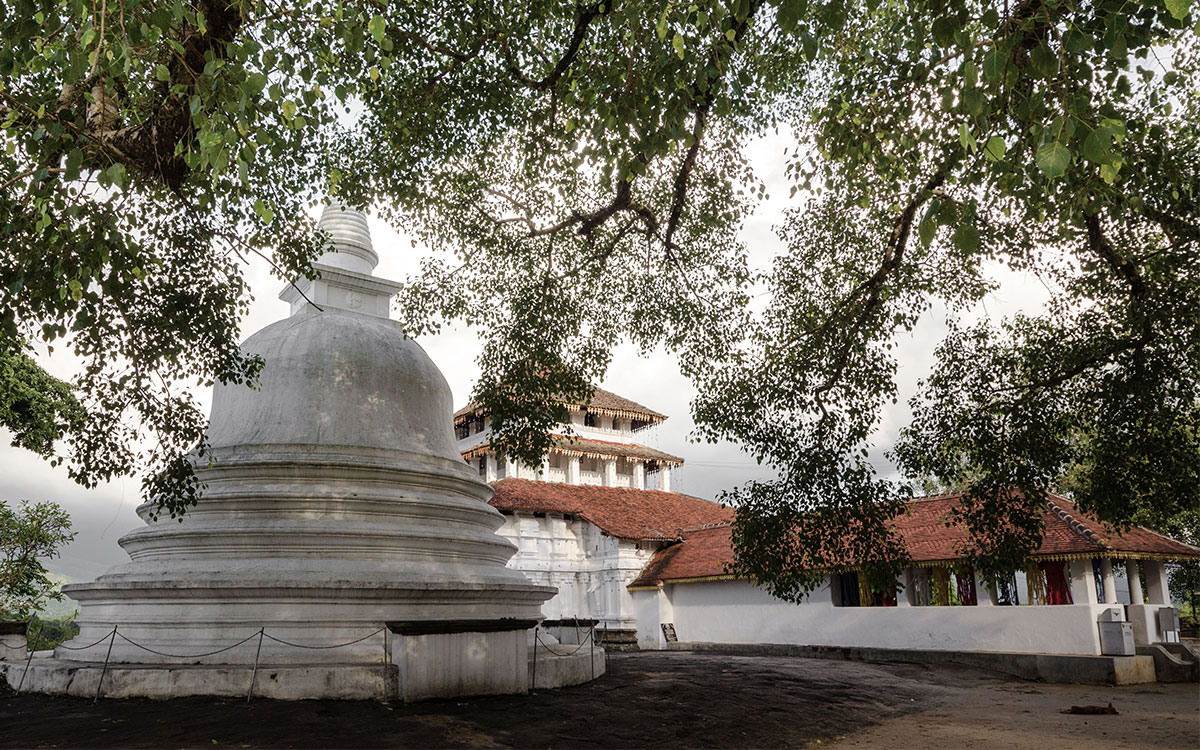
Visitors will also find it difficult to navigate between what are undeniably some of the more vital religious hotspots without great difficulty or a decent driver and this is one place where the latter option comes strongly recommended. A decent tuk-tuk driver/guide is only going to set you back around €20 for a full day, which means you can, without too much rushing around, see what Kandy has to offer before moving on to the more chilled Sri Lanka that you were hoping to find in the first place.
Discover a Pilgrimage (or two)

Kataragama Temple is actually a complex of smaller shrines and temples dominated by one of the large white Stupa structures that are found in Buddhist temples, but the site actually functions as the most important pilgrimage sites for four distinct groups. Tamil Hindus revere the site along with Muslims and the indigenous Vedda people of the island as well as the Buddhist majority. This heady mix creates, in the right circumstances, one of the most electric atmospheres to be found in Sri Lanka. During some festivals, the complex is turned into an absolute riot of colour and noise that hits as you make your way toward the temple down long forest roads past the white clad pilgrims washing in the river before the puja begins.
As it gets dark, the ceremonies take on a more hallucinatory edge as the light from a thousand candles flickers through the clouds of incense smoke floating around the complex. The slightly surreal tone is compounded by the colonies of sleeping dogs lining the paths as skittish monkey troops jostle for fruit dropped by the pilgrims and the occasional painted elephant lumbers past nonchalantly.
Hidden away on the other side of town from the temple, but in its own way almost as spectacular is the mighty Wadasiti Kanda, around 2km north of Kataragama’s bus station. Choose your time wisely, because this Hindu temple is situated on top of a steep mountain lined with a steaming, dense forest. More worryingly though are the colonial-era signs warning that ‘Bandits and Wild Animals are Ascending’ – although technically both of these terms could be referring to the marauding primates gleefully rubbing discarded ice-lolly wrappers on their faces all along the route
The Hindu shrine atop the mountain is aesthetically unremarkable, but the views afforded over the vast Yala national park and make it all worthwhile. That, and the sense of achievement which starts to dissipate once you realise that a bunch of Sri Lankan octogenarians have overtaken you without breaking a sweat. Expect a minimum hour-long trek up the crumbling steps and bring plenty of water.
The Lion Rock

Once you start to feel like a break from all of the admittedly humbling holy sites and shrines, you could do no better than climbing up Sri Lanka’s most awe-inspiring and frankly unhinged secular spot. The ‘Lion Rock’ settlement at Sigiriya, ultimately became a monastery for much of its existence but its ‘glory days’ came during a roughly twenty year period over 1500 years ago when Kashyapa, the usurping bastard son of King Dhatusena, decided to build a fortress (and some claim a ‘pleasure palace’) on top of a 200m high, sheer faced rock. This was shortly after burying his father alive and subsequently moving the entire capital from the ancient royal seat of Anuradhapura to a bunch of fields with a big rock in the middle.
During his short reign, Kashyapa decided to turn one face of the rock into an enormous gallery covered in somewhat racy frescoes featuring naked female figures that appear to have been painted by a kind of 5th-century Sri Lankan Robert Crumb. Only a handful of these remain but they still retain the power to shock, and it’s worth noting the locals sometimes shield the eyes of younger children as they file past the paintings today. They can be found along a terrace built half way up the rock, just around the corner from the gigantic lion paws carved into the main entrance of the citadel.

Kashyapa’s reign was cut short when his brother turned up and forced him into a disastrous final battle. In keeping with the rather murky and fantastical nature of Sri Lankan history from the time, the manner of Kashyapa’s death is heavily disputed. He seems to have been abandoned by his own forces at the last minute, leaving him sitting alone on his war elephant to face his brother’s armies. Kashyapa decided to take his own life in typically flamboyant fashion, by hopping off his pachyderm, removing his dagger and slitting his own throat, but not before resheathing said dagger with a final flourish before his demise. If Hollywood ever made this story and inexplicably cast a white actor to play Kashyapa, you can expect Nicolas Cage to be getting the call.
Be aware that like some other major sites in the ‘cultural triangle’ in the centre of the country, entry fees can come across as somewhat steep. The roughly £19 ticket covers not only the rock fortress itself but the elaborate ruined settlement at ground level as well as access to the slightly worn out museum by the entrance. Before you baulk at the cost though, it’s worth bearing something in mind – Sri Lankans get to go in free of charge, so your ticket cost is helping subsidise the continuing sense of ownership of culture and the land amongst the locals.
The Undiscovered South

In the last few years, previously idyllic spots on the south coast like Mirissa have undergone rapid development. The pros are that tourists are now spoiled for choice when it comes to affordable beach front eateries and watering holes but the cons include an almost constant aural fug of various speeds of techno emanating from the bars at all times of the day.
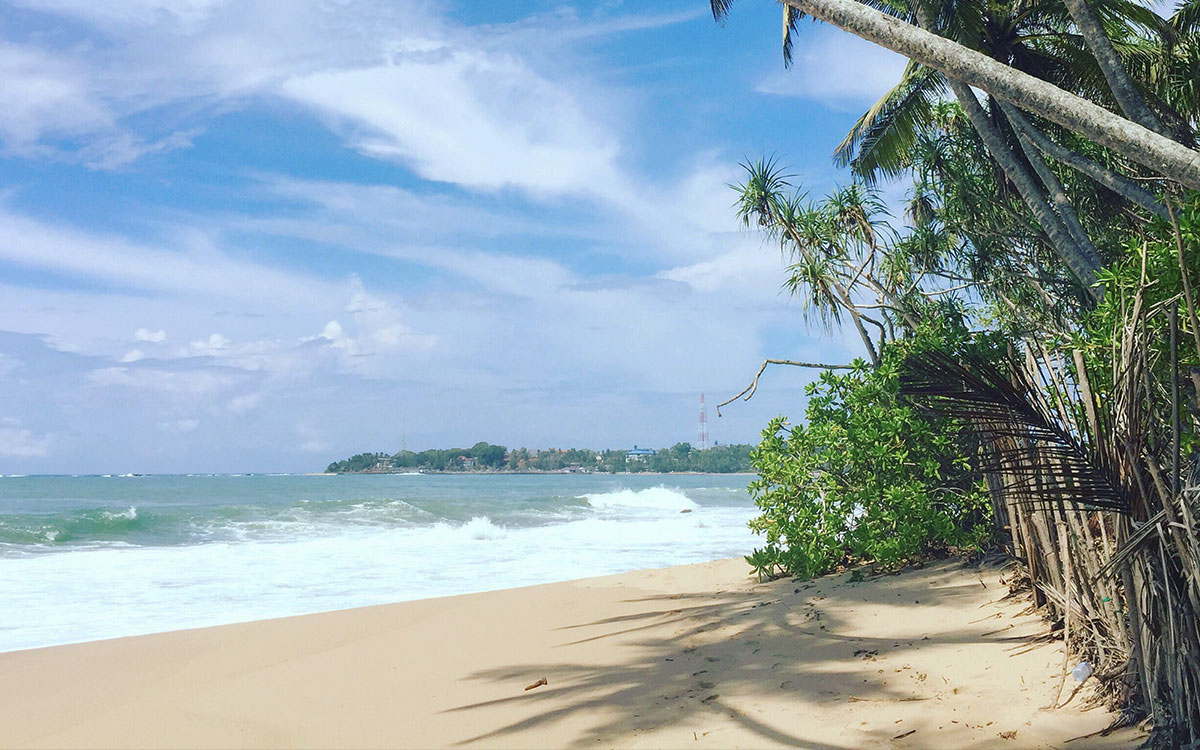
If perhaps, that doesn’t sound appealing, the south coast is fringed with a series of not quite unspoilt or secret but at least secluded spots. Less than an hour further east lies Tangalla Bay, with Marakolliya Beach taking up its eastern flank. The unpredictably powerful waves battering the shore seem to put off families and surfers alike so that even in high season the area has an end-of-the-world feel about it, with massive expanses of dramatically sloping dunes often occupied by only a scattering of holidaymakers. Better still, north of the beach lies an expansive lagoon surrounded by homestays and restaurants which, along with the unassuming shacks dotting the beach, offer some of the best seafood on the island. A wander through the forest surrounding the lagoon, however, reveals an abundance of half finished hotels and guesthouses ready to change the serene landscape forever.
Better get there fast.
Note: These rates are based on search queries made on KAYAK.ie. The prices are quoted in EUR. Flight prices are based on results for a return economy flight search. Hotel prices are for double occupancy and include taxes and fees. Prices are subject to change, may vary, or no longer be available.




